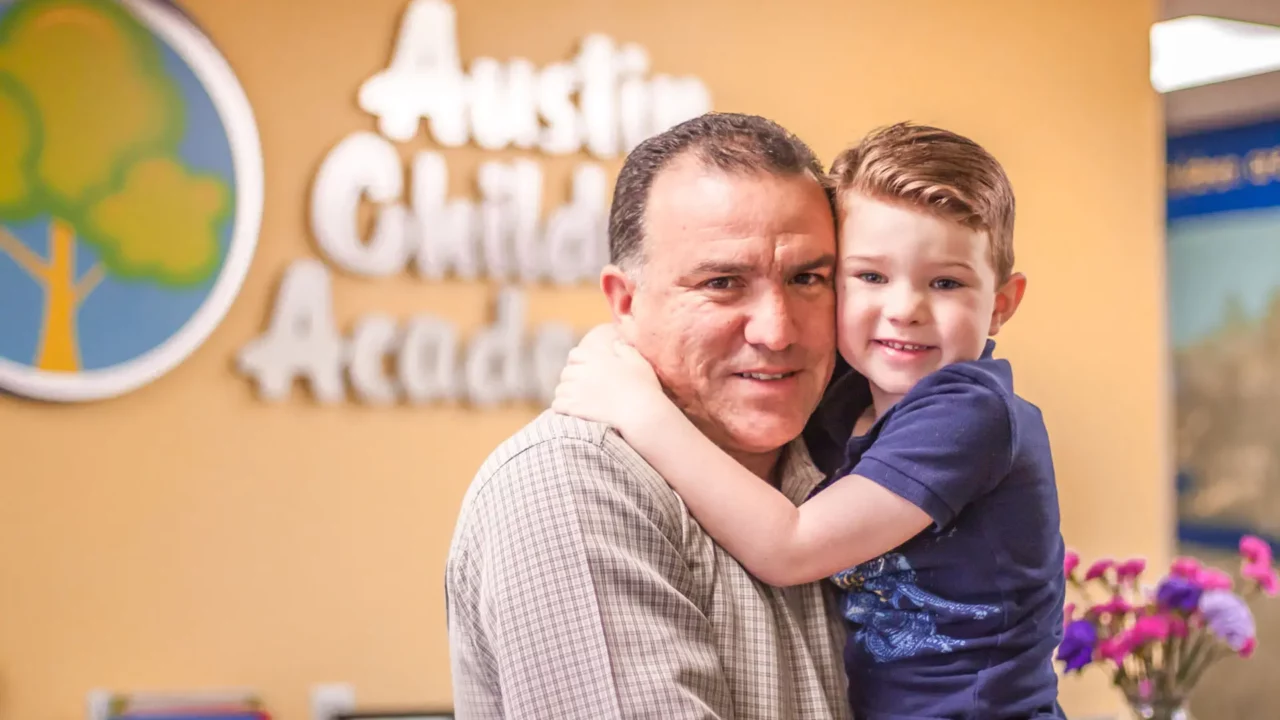
Even a mild, unexpected illness can wreak havoc with your busy schedule. Is that 99-degree temperature the start of the flu or just your child’s little body fighting off a new attack of a virus that he’s already had? Is your child tired because she had an active day, or is she coming down with a cold? You can’t stop a runny nose like shutting off a spigot, yet if you wait another week, he could fall behind in class.
So how do you know when a child is too sick for school?
Fever
If your child has a temperature above 100 degrees, most pediatricians advise keeping him home. Below this temperature, your child is good to go, as long as there are no other physical symptoms such as diarrhea, vomiting, body aches, sore throat, or general listlessness or fatigue that suggest his or her symptoms will worsen.
One exception to this fever guideline concerns infants under four months old, who should be kept home if there’s any detectable rise in body temperature.
If your child is recovering from a fever, don’t send him or her to school until twenty-four hours have passed absolutely fever-free.
Digestive Issues
If your child is vomiting twice or more within twenty-four hours or has had three or more runny stools in the same period of time, keep him or her home. Wait twenty-four hours after the last bout of either before considering a return to school.
Kids vomit for lots of reasons that may not be related to sickness. Similarly, diarrhea can occur because of food allergies or overindulgence. Try to discern the cause of the problem and adjust the diet accordingly. If your child appears listless and slightly dehydrated, it’s wise to keep him or her home until the bout passes whether it’s due to sickness or not.
If your child complains of a stomachache, the choice is more nuanced. Ask about her last bowel movement to check if constipation is the issue. Then try to discern if the stomach ache is a social or emotional problem. Some tender words and reassurance can go a long way.
Head Colds
If every parent kept their children home until all symptoms of a cold were gone, schools would be half full from November until March. Some symptoms are acceptable, as long as the child exhibits no fever, has been on antibiotics (if prescribed) for at least twenty-four hours, and is bright-eyed and alert.
Acceptable symptoms include:
- A sore throat unaccompanied by fever, swollen glands, headache, vomiting, etc.
- A runny nose that runs clear and is unaccompanied by a hacking cough, fever, swollen glands, headache, etc.
- An intermittent cough, such as may be due to a post-nasal drip, that isn’t persistent or phlegmy or accompanied by other sickness symptoms
Conjunctivitis
Pinkeye is the more common name for this highly contagious infection of the eye. The bacteria cause the eye to become red, itchy, and ooze a goopy yellowish discharge that can make the lids stick shut. Allergy sufferers may also experience watery, red, and itchy eyes, but not an excessive, thick discharge.
Pinkeye requires antibiotics. Any child experiencing these symptoms should stay home until he’s been on antibiotics for at least twenty-four hours.
No one knows your child better than yourself, so if he or she still seems fatigued or listless despite having recovered from the major symptoms of illness, consider keeping him or her home. Better to have your child return to the virus-filled world healthy and strong enough to resist the next bout.






